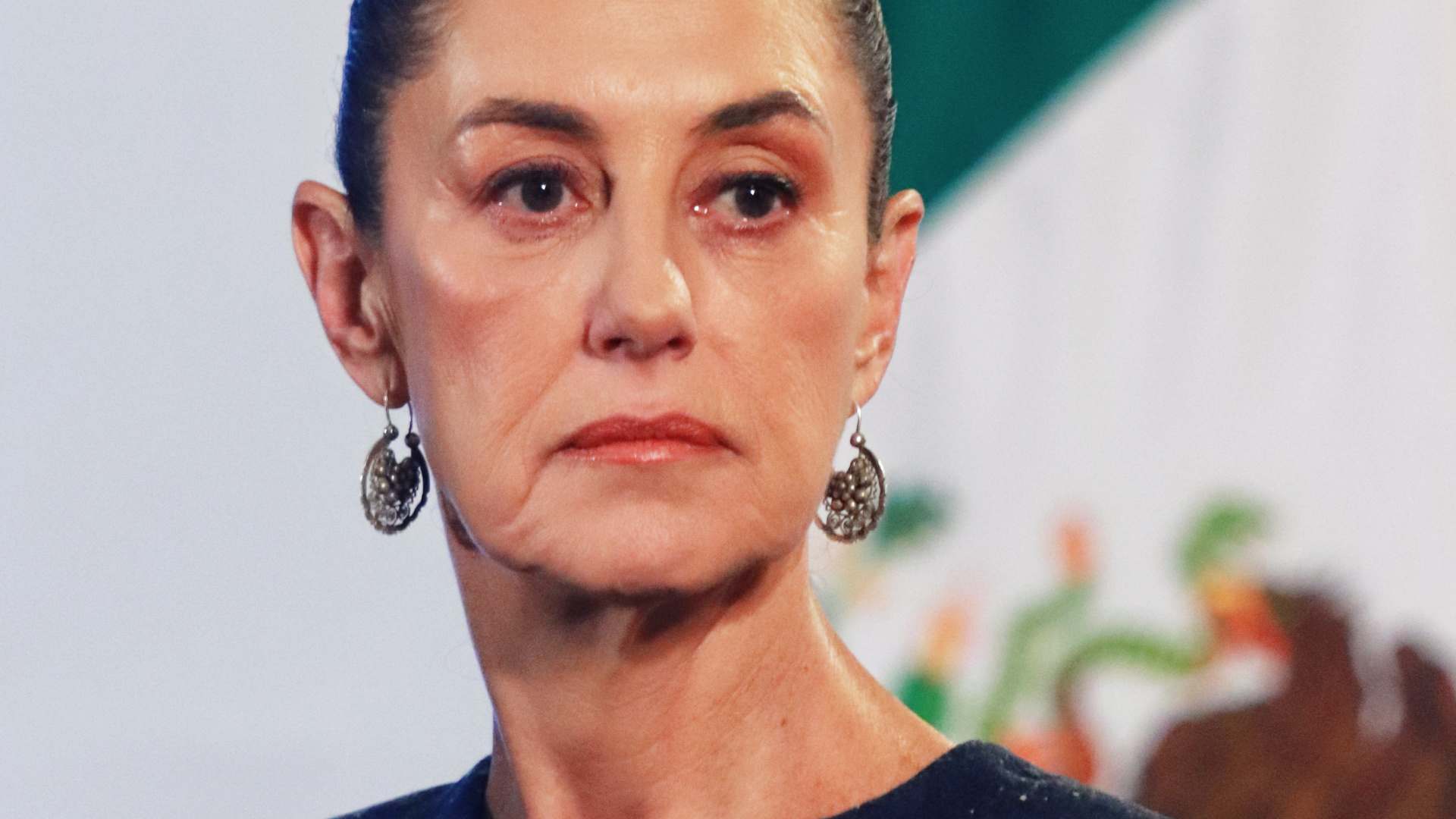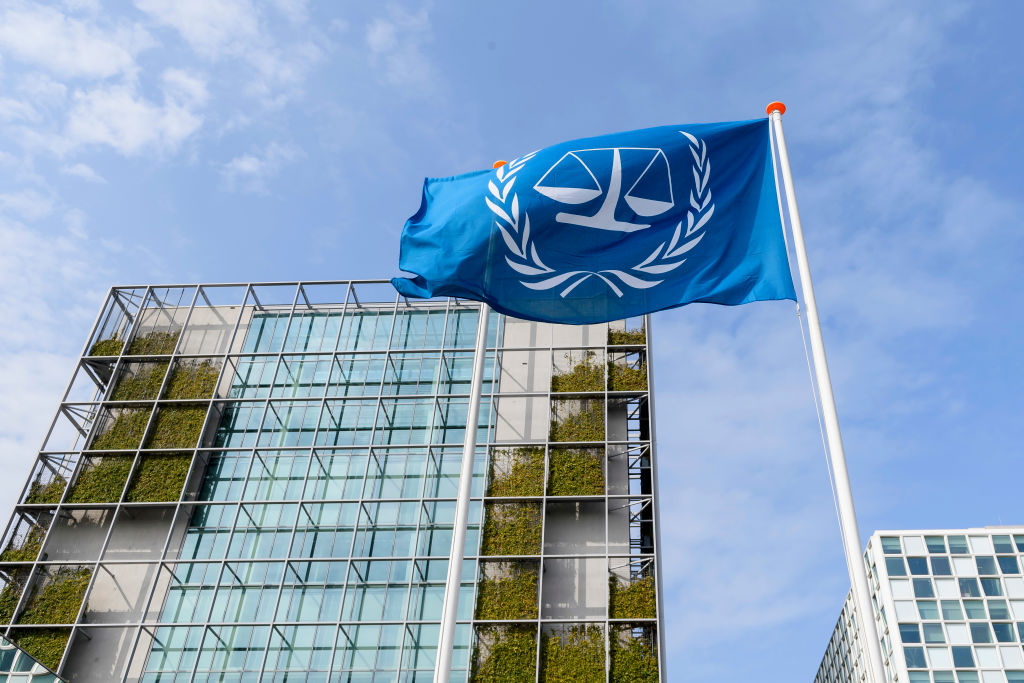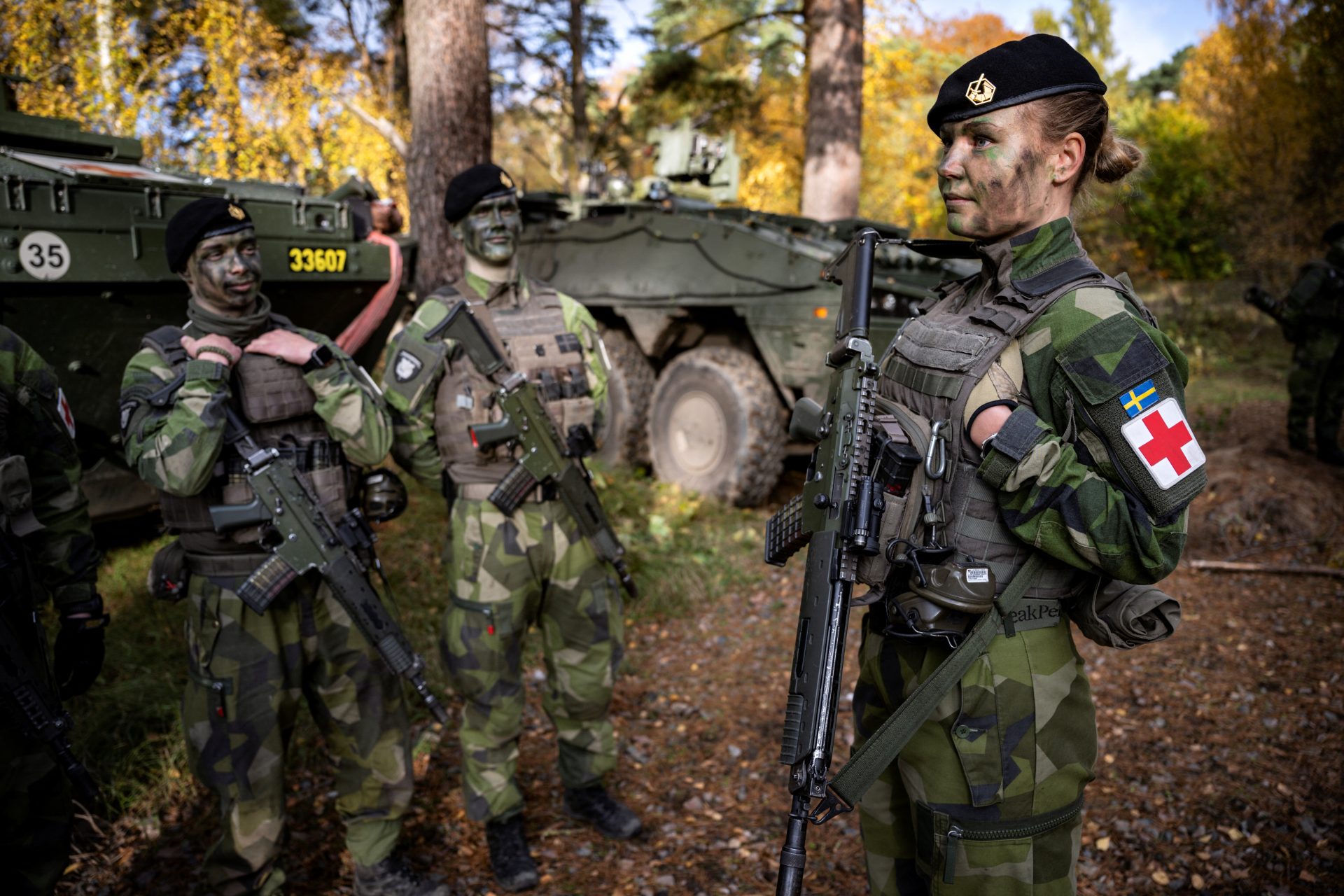Ukraine flood disaster: landmines floating in water and Russian troops shooting rescuers
When the Kakhovka dam was destroyed on June 6, Ukrainian officials knew they were in for a disastrous situation.
The destruction of the massive dam released vast amounts of water downriver, reaching 75km or 45 miles to the western city of Kherson.
As reported by the BBC, the Kakhovka dam is so gigantic that locals refer to it as the Kakhovka Sea.
New images show the extent of the flooding as Ukrainian authorities rush to evacuate and rescue thousands of people affected by the flood. According to the BBC both Ukraine and Russia say they have evacuated 1000 people.
The BBC also shared that there have been reports of the water level lowering in Nova Kakhovka.
But Vladimir Leontyex told the media that Korsunka village (pictured), which is just 15km west of the dam, is still completely submerged.
Picture: Satellite image (c) 2023 Maxar Technologies.
Other villages in the region are nearly just as affected by the flooding such as Oleshky, where only rooftops are visible.
Picture: Satellite image (c) 2023 Maxar Technologies.
As if dealing with a flood in the middle of a war wasn't enough, several media outlets have reported that Ukrainian President Volodymyr Zelensky said on June 7 that Russian soldiers have been shooting at the Ukrainian rescue workers attempting to help those in the flooded areas near Kherson that are occupied by Russia.
In an exclusive interview with German newspaper Bild, translated by CNN, Zelensky said, " It is very difficult to get people out of the occupied part of Kherson region. When our forces try to get them [the residents] out, they are shot at by occupiers from a distance."
Zelensky continued, "As soon as our helpers try to rescue them, they are shot at," adding that the scope of the lives lost won't be known until the flood waters have receded.
To further complicate the matter, CARE, an international humanitarian organization, has warned that there are most likely hundreds of landmines floating in the floodwaters due to the flood.
In a statement published by CNN, Fabrice Martin, the country director of CARE in Ukraine, said, "The area where the Kakhovka dam was, is full of landmines, which are now floating in the water and are posing a huge risk."
A key dam in Russian-occupied Ukraine has been destroyed and the water it once held back is flooding into the southern portion of the country according to videos that have been shared by Ukrainian officials online showing the vast destruction of the dam’s wall.
Ukraine has accused Russia of destroying the Nova Kakhovka dam, which is part of the larger structure of the Kakhovka Hydro Electric Plant in Nova Kakhovka, and President Volodymyr Zelensky published a video on Twitter revealing the destruction of the dam.
“Russian terrorists. The destruction of the Kakhovka hydroelectric power plant dam only confirms for the whole world that they must be expelled from every corner of Ukrainian land,” Zelensky wrote as he showed the world the latest Russian atrocity in Ukraine.
“Not a single meter should be left to them, because they use every meter for terror. It’s only Ukraine's victory that will return security. And this victory will come. The terrorists will not be able to stop Ukraine with water, missiles, or anything else,” Zelensky added.
Ukraine’s President also noted that he had convened an emergency meeting with the country’s National Security Defense Council and asked the public to only spread official and verified news on the Nova Kakhovka dam's destruction.
The Kremlin called the dam’s destruction an act of “sabotage” according to Reuters, which also reported that Dmitry Peskov strongly denied the allegations that Russia had anything to do with the destroying the dam and said Vladimir Putin had been briefed.
“We can state unequivocally that we are talking about deliberate sabotage by the Ukrainian side,” Peskov told reporters according to an English translation from Reuters. “The Kyiv regime should bear full responsibility for all the consequences.”
Peskov explained that Ukrainian officials destroyed the dam in the hopes that it would prevent fresh water from reaching the Crimean via the North Crimean Canal and also stated that it was a distraction aimed at diverting attention from the counter-offensive.
“Apparently, this sabotage is also connected with the fact that, having started large-scale offensive actions two days ago, now the Ukrainian armed forces are not achieving their goals - these offensive actions are faltering,” Peskov said.
When asked directly about allegations that Russia destroyed the dam in Nova Kakhovka, Peskov remarked: “We can strongly reject this. We officially declare that here we are definitely talking about deliberate sabotage from the Ukrainian side.”
It is not clear yet which side destroyed the Nova Kakhovka dam and little information can be verified beyond the actual destruction of the dam, the consequence of which could ripple through the country and then the world as we come to see the damage wrought.
The most immediate danger is the citizens living in the vicinity of the dam’s flood waters. Peskov said tens of thousands of residents in the region are in danger and officials in Ukraine urged the residents of 80 settlements to evacuate according to CNN.
“We are helping citizens in the liberated west-bank part of the Kherson region. We are worried about our people who remained in the temporarily occupied east bank part of the region,” said Ukraine’s Internal Affairs Minister Ihor Klymenko.
Some 16,000 people resided on the Ukrainian-controlled side of the river are in the critical zone of flooding but the more long-term risk comes from the risks posed to the Zaporizhia nuclear power plant since the source of its cooling water is now threatened.
The Director of the International Atomic Energy Agency Rafael Mariano Grossi, said in a statement that “there is no immediate risk to the safety of the plant” and pointed out that the real dangers that face the world if fighting damaged the plant’s cooling water pond.
“Absence of cooling water in the essential cooling water systems for an extended period of time would cause fuel melt and inoperability of the emergency diesel generators,” Grossi warned, adding: ”It is therefore vital that this cooling pond remains intact.”
While we are only in the early stages of understanding why and how the Nova Kakhovka dam was destroyed and by whom, it's another clear example of the tragedy of Russia’s war in Ukraine.
More for you
Top Stories










































